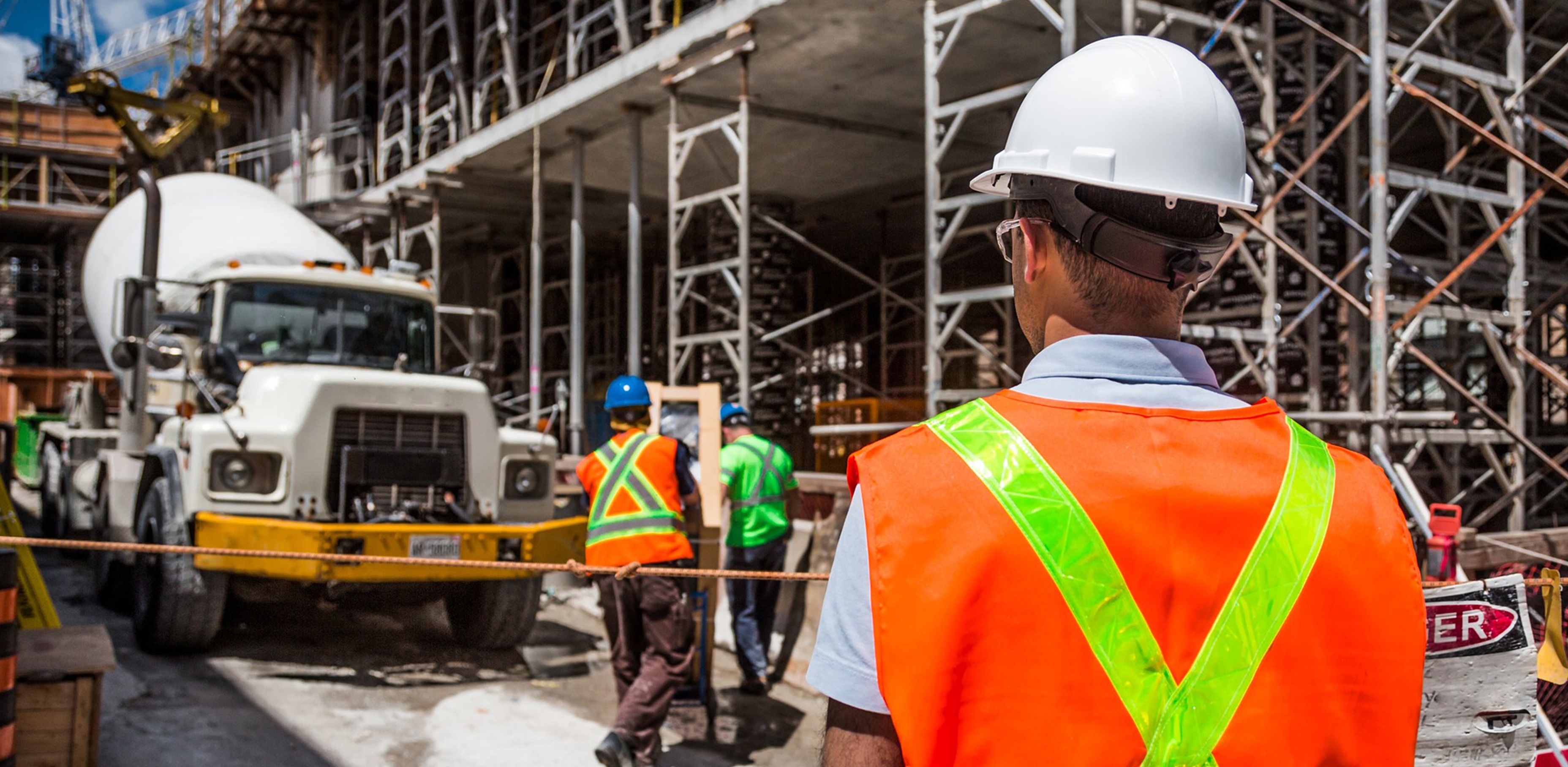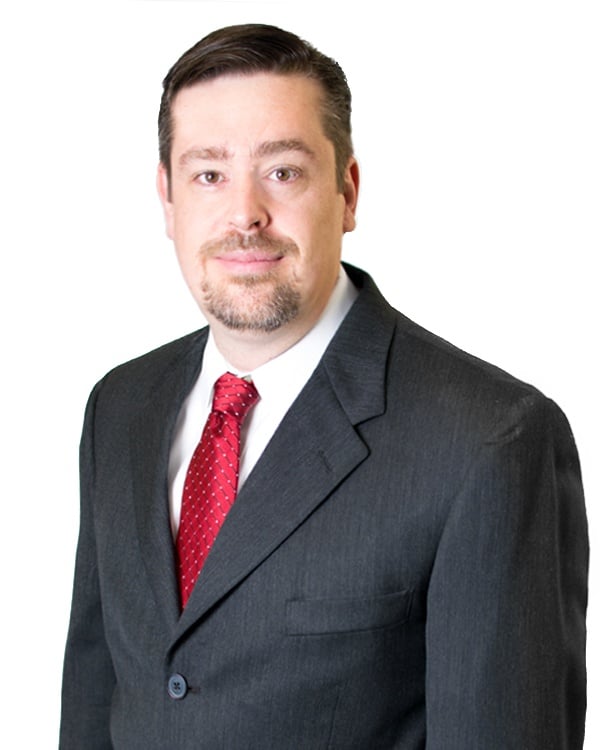
Anyone tasked to start up a unit knows the engineers who designed it rarely miss a thing...
Every bleeder valve is in the right place, spectacle blind turned correctly, and bypass line scrutinized. So why would the flare and relief systems design be any different? The truth is that they are not. Engineering Firms today have perfected the art of throwing waves of engineers on design-build projects. Unfortunately for those engineers, relief and flare system designs are governed by a maze of regulations, codes, standards, and guidelines (collectively known as Recognized and Generally Accepted Good Engineering Practice or RAGAGEP). Experienced Project Managers understand that relief and flare specialists are needed to ensure their projects are safely and properly designed before any construction occurs.
Top 5 Most Common New Construction Deviations from RAGAGEP:
#1) Unprotected Equipment:
When required to build and install a pressure vessel to the ASME Boiler and Pressure Vessel Code, engineers need to understand that each vessel needs some form of overpressure protection. We have found countless instances where our client's capital project vessels were not safely protected or installed per ASME requirements.#2) Inlet/Outlet Pressure Drop Concerns:
#3) Undersized:
Whether the relief device was selected on a partial list of the required overpressure scenarios, or calculations have been based on optimistic assumptions, the third most common concern we see is that relief devices are just not big enough for the requirements of the upgraded process.
#4) Code Issues:
Code Issues are the "catch-all" bucket for the details of design that tend to go unnoticed by EPC companies. The most common code issues include problems with discharge locations being un-safe, use of the wrong type of relief device, piping that causes problems with relief device operation, and relief devices not set appropriately. This includes deviations from company standards as well as regulatory industry standards.
#5) Documentation Discrepancies:
Documentation discrepancies occur when the totality of the PSI is inconsistent. This problem may seem small at the beginning of the project because of clear boundaries between project scope and facility documentation; however, fast forward a few years and these inconsistencies dramatically drive errors in maintenance and engineering decisions. This leads to lack of trust in the validity of the documentation. The concept of "if this number is wrong, what else is incorrect" can lead to every widening scope in future studies.

